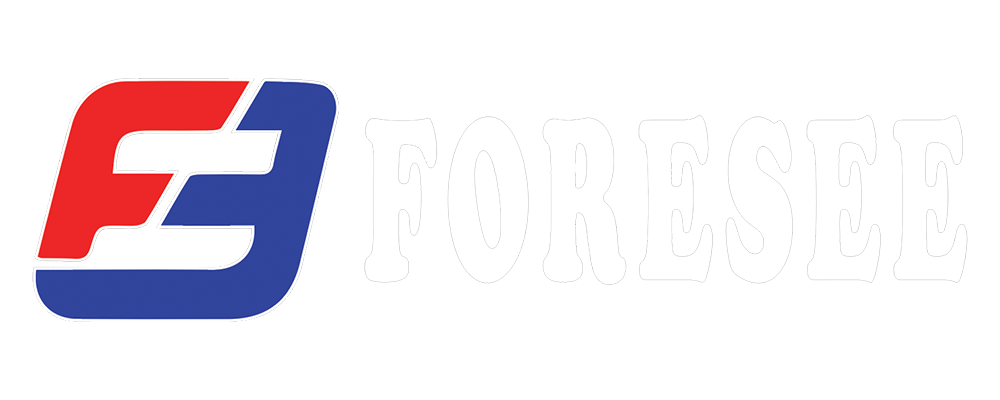The American Welding Society (AWS) provides classifications for welding positions to specify where a particular welding electrode or process is suitable for use. These classifications help ensure that welding procedures and consumables are appropriate for the specific welding positions encountered in various applications. Here's an explanation of the common AWS welding position classifications:
-
1G (Flat Position): In the flat position, the weld is performed on the upper surface of a horizontal plane. This position is often used for groove welds on flat plates.
-
2G (Horizontal Position): In the horizontal position, the weld is performed on the upper side of a joint that is approximately horizontal. This position is commonly used for welding along the horizontal axis, such as fillet welds on plates in the horizontal plane.
-
3G (Vertical Position): In the vertical position, the weld is performed on the vertical surface of a joint. This position is used for vertical-up welding, where the electrode is deposited upwards against gravity.
-
4G (Overhead Position): In the overhead position, the weld is performed on the underside of a horizontal plane. This position is often the most challenging, requiring skill to prevent weld defects due to gravity's effects.
-
5G (Fixed Position): The fixed position involves welding on a joint that is not moved during welding. It can encompass any combination of flat, horizontal, vertical, or overhead positions.
-
6G (Inclined Position): In the inclined position, the weld axis is at an angle to the horizontal plane, typically between 45 and 60 degrees. This position is commonly used for pipe welding, where the joint is positioned at an incline.
These classifications provide guidance to welders and engineers on selecting the appropriate welding procedures and consumables based on the orientation of the weld joint and the accessibility of the welding area. Proficiency in working in different positions is essential for welders to consistently produce high-quality welds across various applications.

Recent post